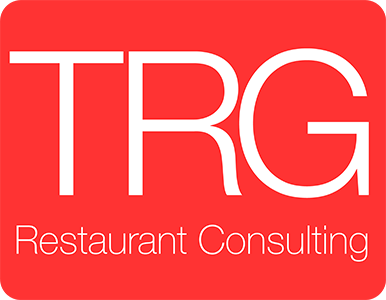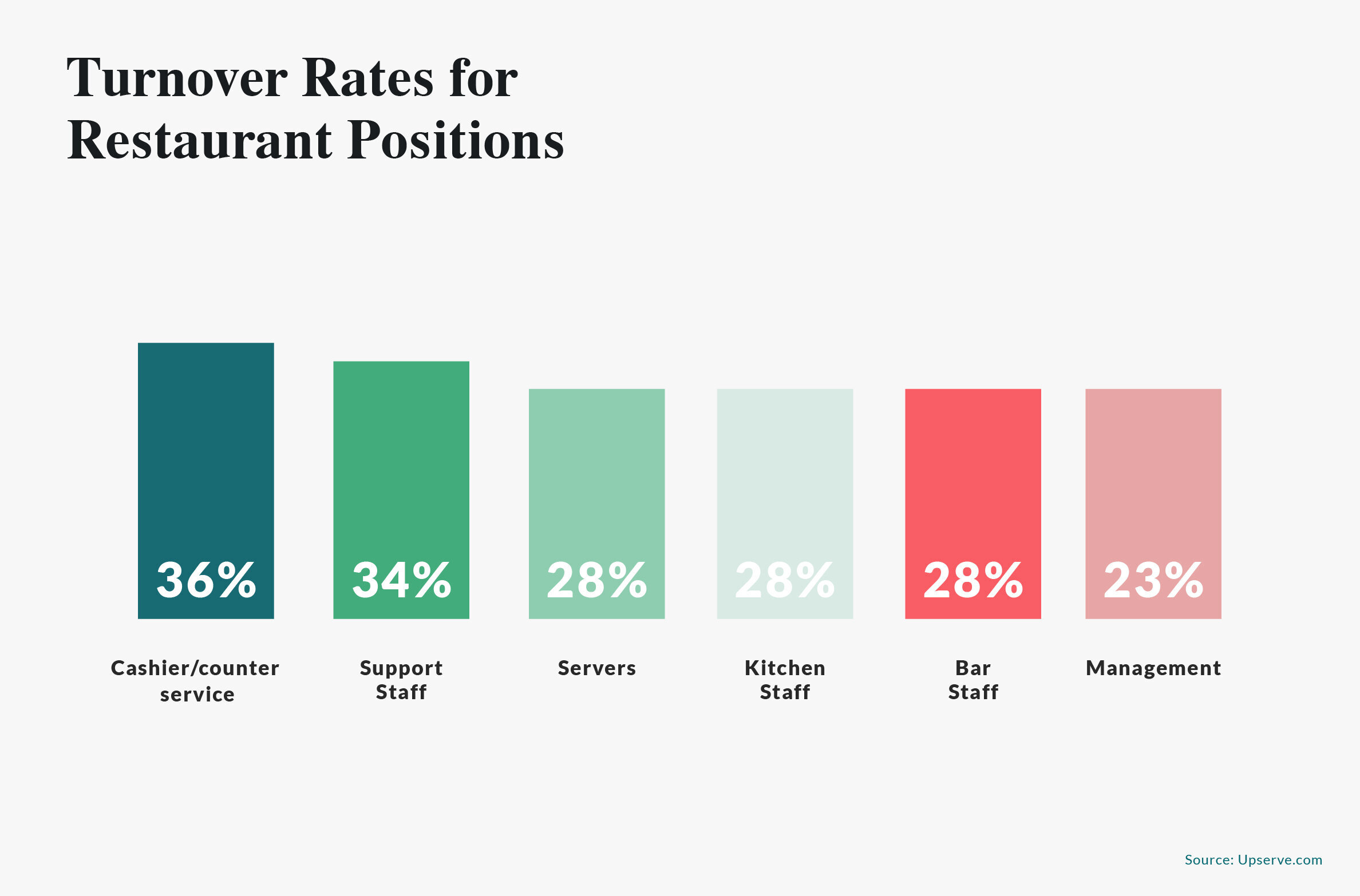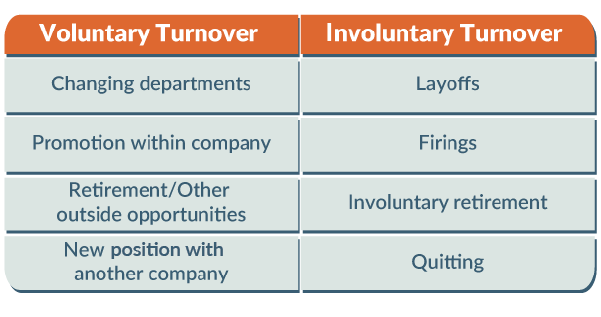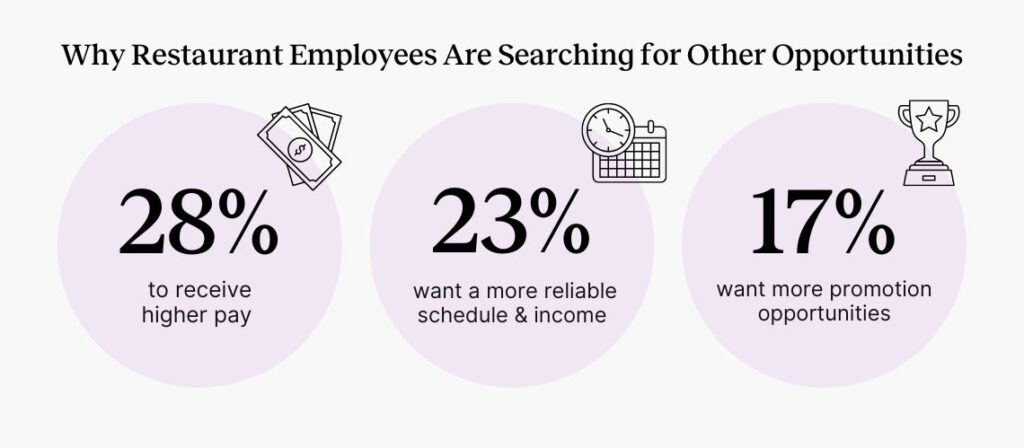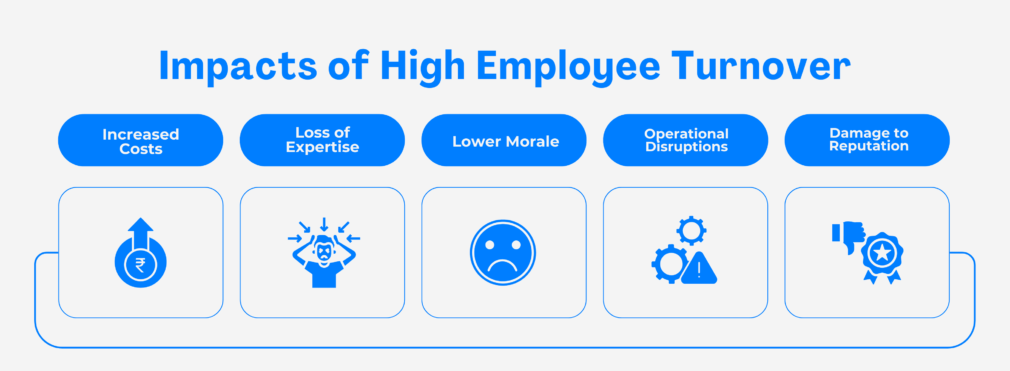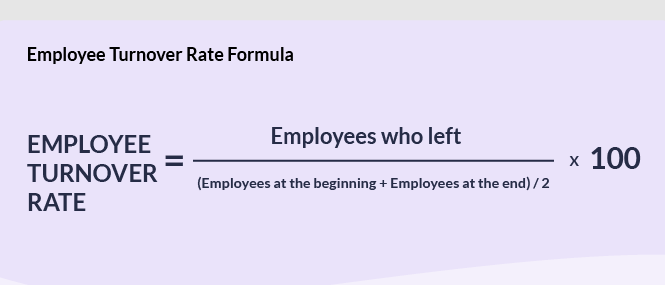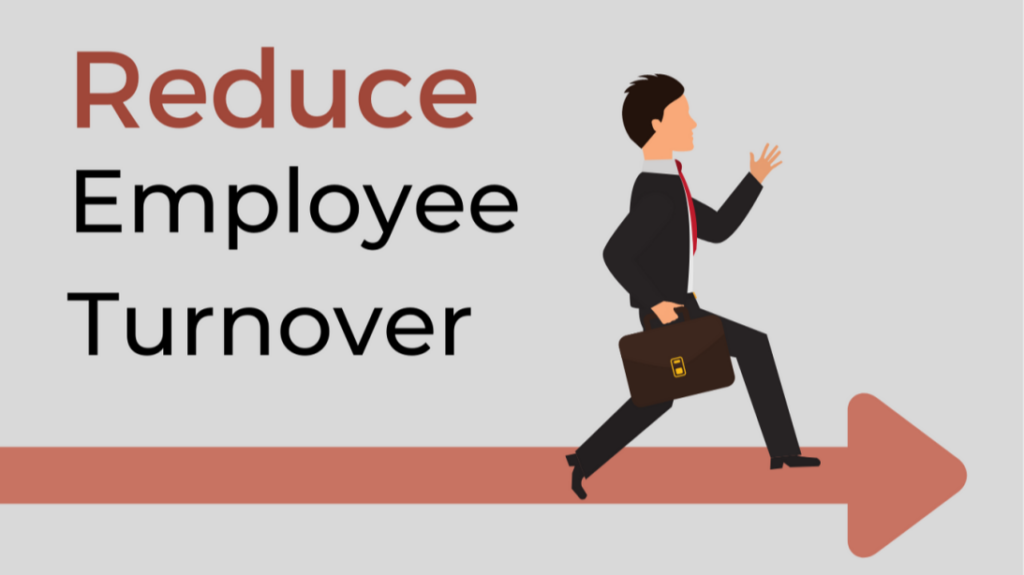Definition and Importance
Picture this: you spend weeks training a new server, and just when they’re finally getting the hang of things, bam! — they quit.
That’s what we call restaurant employee turnover rate, buddy. It’s the number of staff who leave your restaurant compared to the average number employed during a certain time.
This little devil matters because it eats away at your service quality, drains your cash flow, and leaves your customers wondering why they never see the same smiling faces twice.
Keeping your hospitality workforce steady is like holding water in your hands — tricky but totally doable with the right know-how!
Current Industry Statistics
Hold onto your apron because these numbers might knock your socks off!
The restaurant employee turnover rate is a wild beast, averaging between 70% and 80% in most spots.
If you’re running a Quick Service Restaurant (QSR), brace yourself — the turnover can skyrocket up to 150%!
With so much employee churn, it feels like playing a never-ending game of musical chairs with your staff.
Types of Employee Turnover
Voluntary vs. Involuntary Turnover
Controllable Factors
- You can stop some folks from leaving with better management practices, sweet compensation packages, and a dash of good old respect.
- Bad bosses, trash schedules, and peanuts for pay? Those send employees sprinting for the door.
Uncontrollable Factors
- Life happens, right? Sometimes an employee packs up because their partner got a new job across the country.
- Or maybe they’re off chasing their dreams. No amount of employee engagement can change that, and that’s okay.
Desirable vs. Undesirable Turnover
- Desirable turnover? Yep, that’s when the drama queen or the consistently late dishwasher hits the road.
Sometimes losing a rotten apple sweetens the whole bunch and helps team cohesion bloom. - Undesirable turnover, though, stings bad.
That’s when your superstar bartender quits because they feel unappreciated or burnt out from poor staff scheduling.
Causes of High Turnover in Restaurants
Workplace Changes
- New owners? New managers? People get jittery real fast.
- Workplace changes, when handled poorly, can send your staff morale plummeting faster than yesterday’s soufflé.
Compensation Issues
- A big ol’ paycheck isn’t everything, but let’s be real — it sure helps!
- Without solid employee benefits and competitive compensation, expect your employee churn to be off the charts.
Management Practices
- Bad bosses are like rotten tomatoes — they spoil the bunch.
- Poor leadership development and toxic workplace culture make good people bolt faster than you can say “table for two!”
Workplace Environment
- Nobody wants to work in a stress pit.
- If your kitchen feels like a pressure cooker about to explode, your employee satisfaction and work-life balance are already toast.
Limited Career Advancement
- Flipping burgers today, flipping burgers forever?
- Without clear career advancement opportunities or professional development plans, your people won’t stick around long.
Impact of High Turnover Rates
Service Consistency
- Imagine a different server every time you visit your favorite diner.
- Kills the vibe, right? High staff attrition destroys service quality and leaves customers feeling like just another order number.
Training and Recruitment Costs
- Every time someone quits, you’re tossing cash straight into a bonfire.
- Training expenses, new uniforms, and onboarding all add up and crush your labor cost management.
Team Morale
- Nothing tanks staff morale quicker than a revolving door of coworkers.
- When buddies leave, the ones left behind feel abandoned, stressed, and ready to peace out, too.
Business Reputation
- High employee turnover screams, “bad place to work!”
- Before you know it, your restaurant’s Google reviews look scarier than a horror flick.
Calculating Employee Turnover Rate
Step-by-Step Calculation
Ready for some simple math?
Here’s the foolproof formula:
- Take the number of employees who left.
- Divide by your average number of employees.
- Multiply by 100.
Boom! You’ve got your turnover rate calculation.
Benchmark Rates in the Industry
- Most restaurant owners dream of workforce stability below 50% turnover, but reality often hits 70%-150%.
- Don’t beat yourself up; just focus on beating those odds with better retention strategies.
Strategies to Reduce Employee Turnover
Competitive Compensation and Benefits
- Pay ‘em right, and they’ll stick like syrup to pancakes.
- Compensation packages, solid employee benefits, and a little love go a long, long way.
Training and Development Programs
- Invest in staff training programs and professional development like your future depends on it — because it kinda does!
- Knowledgeable staff means better service, happier customers, and less employee burnout.
Flexible Scheduling Options
- Rigid schedules are the pits.
- Offer flexible scheduling and you’ll boost employee satisfaction, slice job stress, and keep good folks from bailing.
Employee Recognition Initiatives
- A “thank you” and a pat on the back can do wonders.
- Employee recognition builds employee loyalty and creates a workplace everyone’s proud to call home.
Hiring International Workers
- Think outside the box!
- Hiring international folks solves recruitment challenges, beefs up your talent acquisition, and spices up your team’s vibe.
Effective Communication Channels
- Bad communication breeds bad blood.
- Open workplace communication and strong management practices are your secret sauce for keeping your crew tight.
Conclusion
Summary of Key Points
- The restaurant employee turnover rate is crazy high — but not unbeatable.
- Bad pay, toxic management, and no growth equals high staff attrition.
- Happy employees mean happy customers and a thriving business.
Final Recommendations
Whip up a workplace full of job satisfaction, employee empowerment, and team cohesion with a big side of work-life balance.
Boost your restaurant staff retention by investing in your people, not just your menu.
Stick with it, and you’ll see your hospitality workforce shine like a well-polished silver platter!
